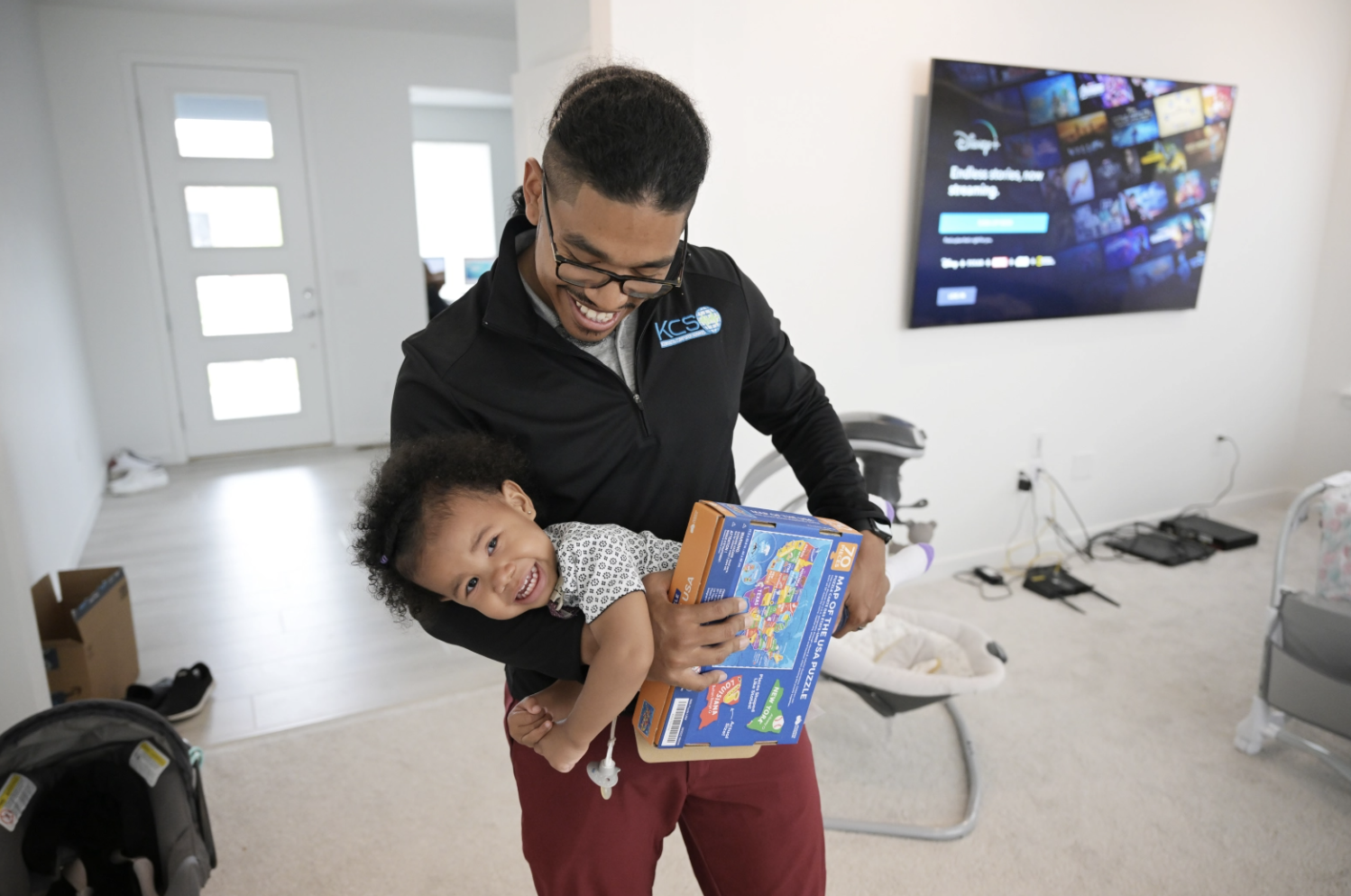Nahjee Maybin feels fortunate to be fulfilling the American dream of graduating college, landing employment and saving enough money to buy a first home for his family — particularly when he considers the myriad ways government and society historically hindered Black Americans’ home ownership prospects.
The U.S. homeownership rate has inched upward over the past decade, from 64.7% of homes occupied by their owners in 2011 to 65.5% in 2021, according to the National Association of Realtors. But Black homeownership rates have lagged significantly behind. Colorado’s white homeownership rate sits around 70% compared to a 42% Black homeownership rate, according to a March report from the National Association of Realtors.
Racist policies like redlining across the nation and in Colorado created generational barriers to homebuying for Black families with ripple effects that still exist today. Redlining is a discriminatory practice dating to the 1930s in which federal programs providing government-insured mortgages for homeowners shirked giving aid in neighborhoods where property values were most likely to decrease — largely low-income areas where people of color lived.
“It’s crazy to see how many things have allowed that gap to increase,” Maybin said. “It wasn’t even that long ago when this was happening, and I think a lot of people still aren’t aware.”
The 31-year-old and his wife, who have three children, were able to buy a home in Aurora with the help of two Denver-area programs: the Dearfield Fund for Black Wealth and FirstBank’s Providing Access to Homeownership fund. Both programs offer Black first-time homebuyers in Colorado thousands of dollars in down-payment assistance in an effort to help correct the equity gaps that hinder Black homeownership.

